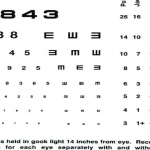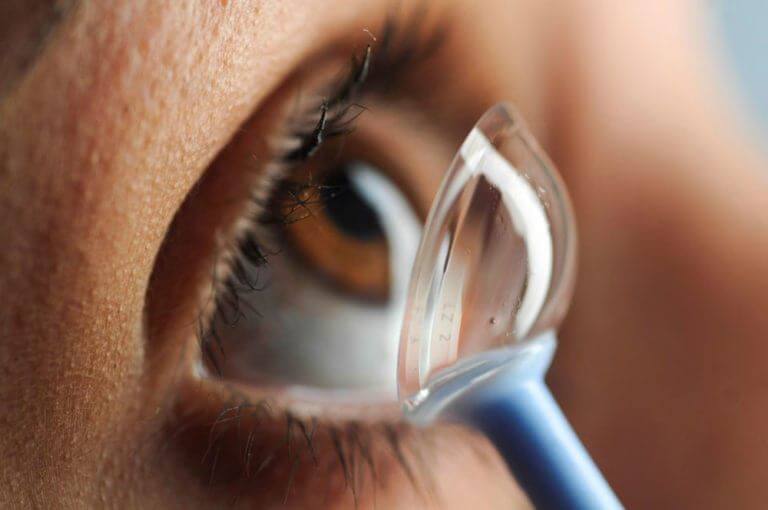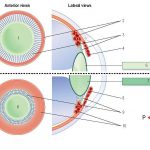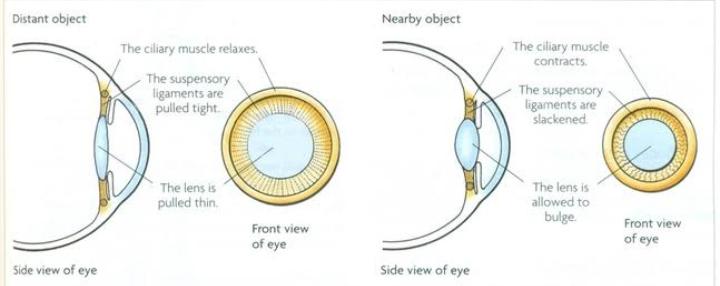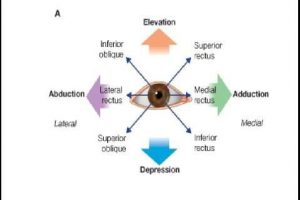BENEFITS AND LIMITATIONS:
Fogging test with plus lenses is a crucial procedure in the field of refraction,
particularly in determining the accurate prescription for individuals with latent
(masked) hyperopia as well as others with certain visual impairments. This test
involves temporarily inducing myopia by introducing plus lenses before conducting a
refraction exam.
This test is essential in refraction for a lot of reasons; They includes:
Accommodation: Fogging helps to relax the accommodative system of the eye,
thereby alleviating accommodative spasm, visual discomfort, fluctuating vision
and strain and improving overall eye comfort. Here, the plus lenses also
temporarily inhibit the accommodative system in people with accommodative
excess issues.
Accurate determination of prescription: Fogging helps to uncover latent
(hidden) hyperopia, which is usually hidden during standard and routine
refraction. This is very important in order to avoid under- or over- correcting or
misdiagnosis an eye’s refractive state. This also improves overall eye comfort
too.
Enhanced accuracy in complex cases: In cases where patients have complex
refractive errors or underlying eye conditions that can complicate the refraction
process, the fogging test with plus lenses can provide more accurate and reliable
results. By temporarily inducing myopia and isolating the refractive error, the
examiner can obtain a clearer understanding of the patient’s true visual needs and
prescribe the most suitable corrective lenses.
Its limitations include:
Subjectivity: Here, the interpretation of the results of the fogging test with
plus lenses may be subjective, as individual responses to induced myopia can
vary. This can result in inconsistencies in determining the optimal
prescription for some patients.
Limited applicability: The fogging test with plus lenses may not be suitable
for all individuals, especially those with certain eye conditions or complex
visual impairments that require specialized assessment techniques. In such
cases, alternative methods may be necessary to obtain an accurate refraction.
Temporal effects: The temporary nature of the fogging test with plus lenses
means that the induced myopia is only present for a short period during the
refraction exam. This limitation may not fully capture the accommodative
behavior of the eye over extended periods or under different visual tasks.
In conclusion, the fogging test with plus lenses is a valuable tool in refraction that
helps relax the accommodative system, uncover latent hyperopia and provide more
accurate prescriptions for individuals with specific visual needs. While this test offers
numerous benefits, it is important to also consider its limitations and use it judiciously
in conjunction with other assessment methods to ensure that a comprehensive and
accurate refraction is done for all patients. By understanding the significance of the
fogging test with plus lenses and addressing its limitations, eye care professionals can
continue to provide high-quality vision care tailored to the unique needs of each
individual.



